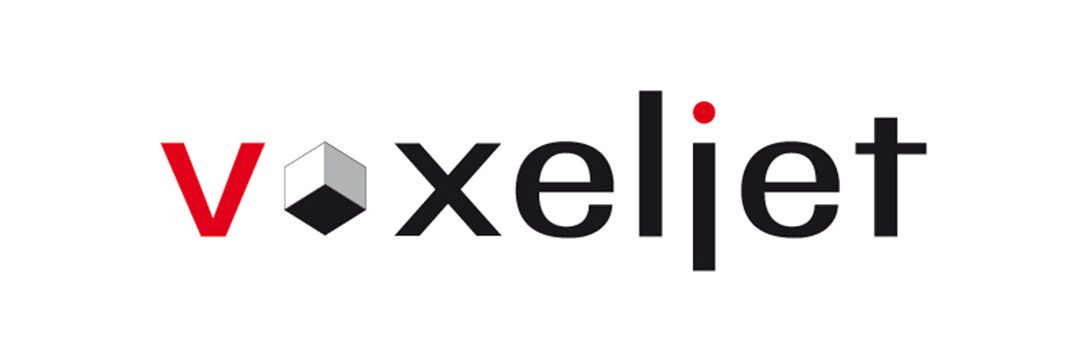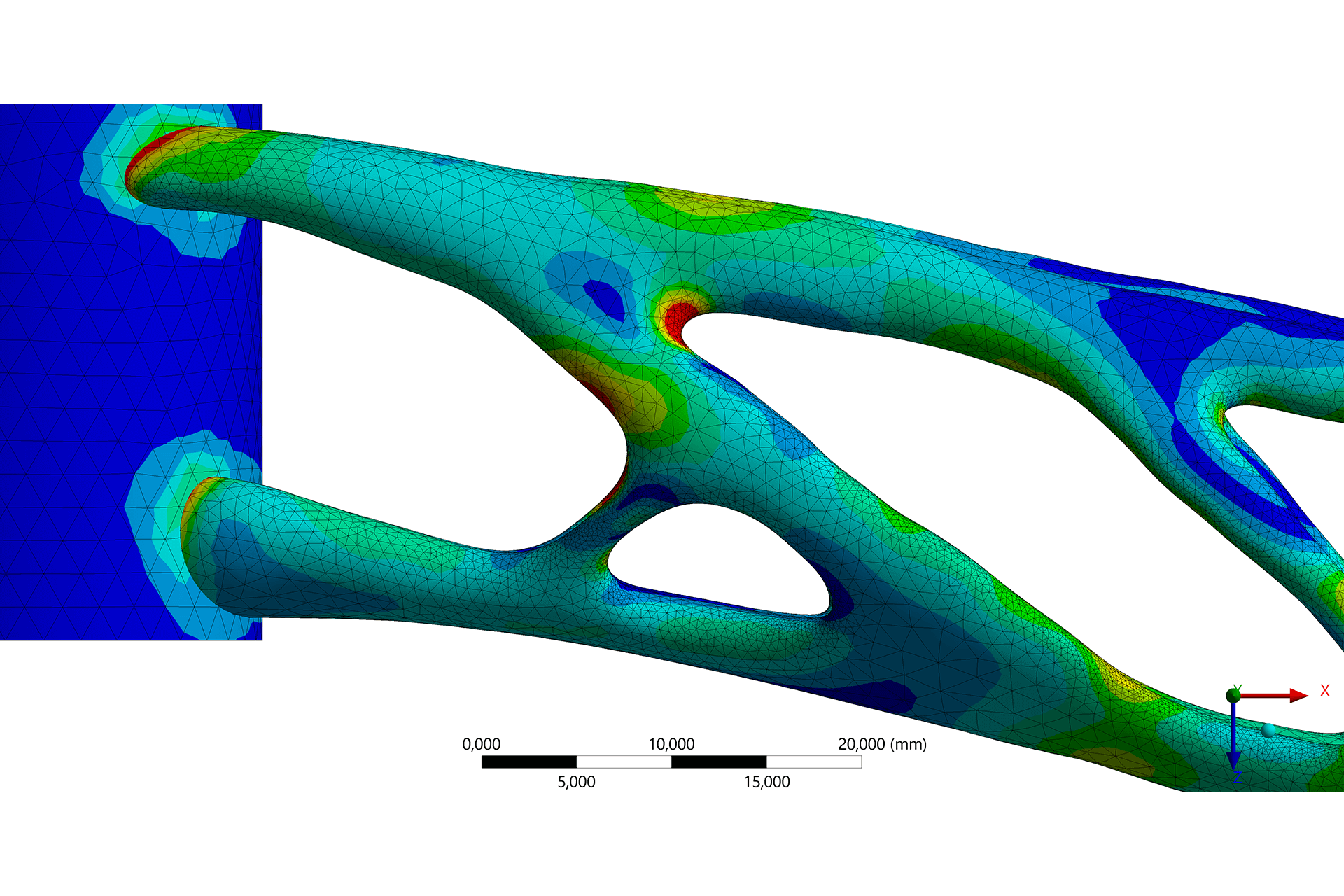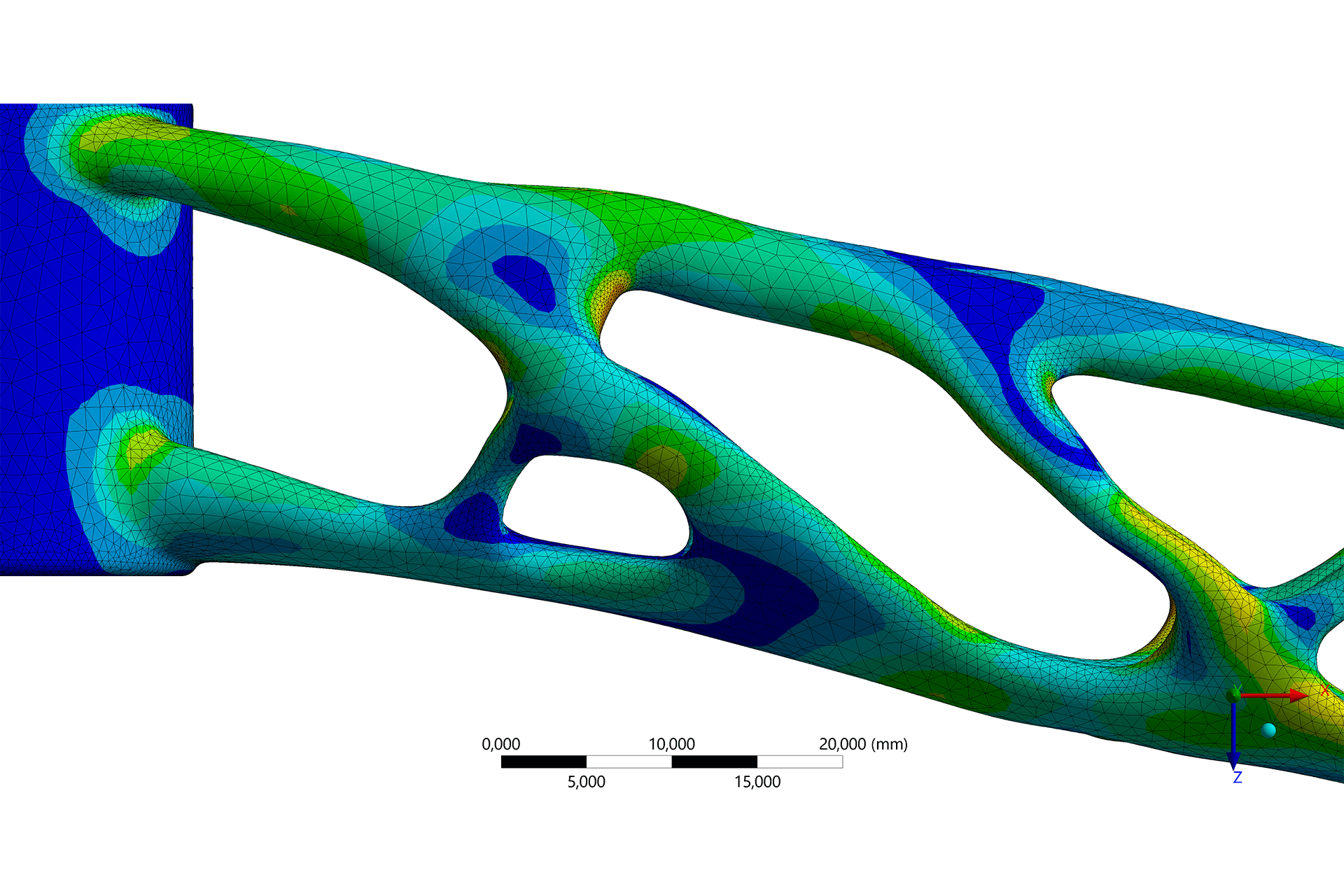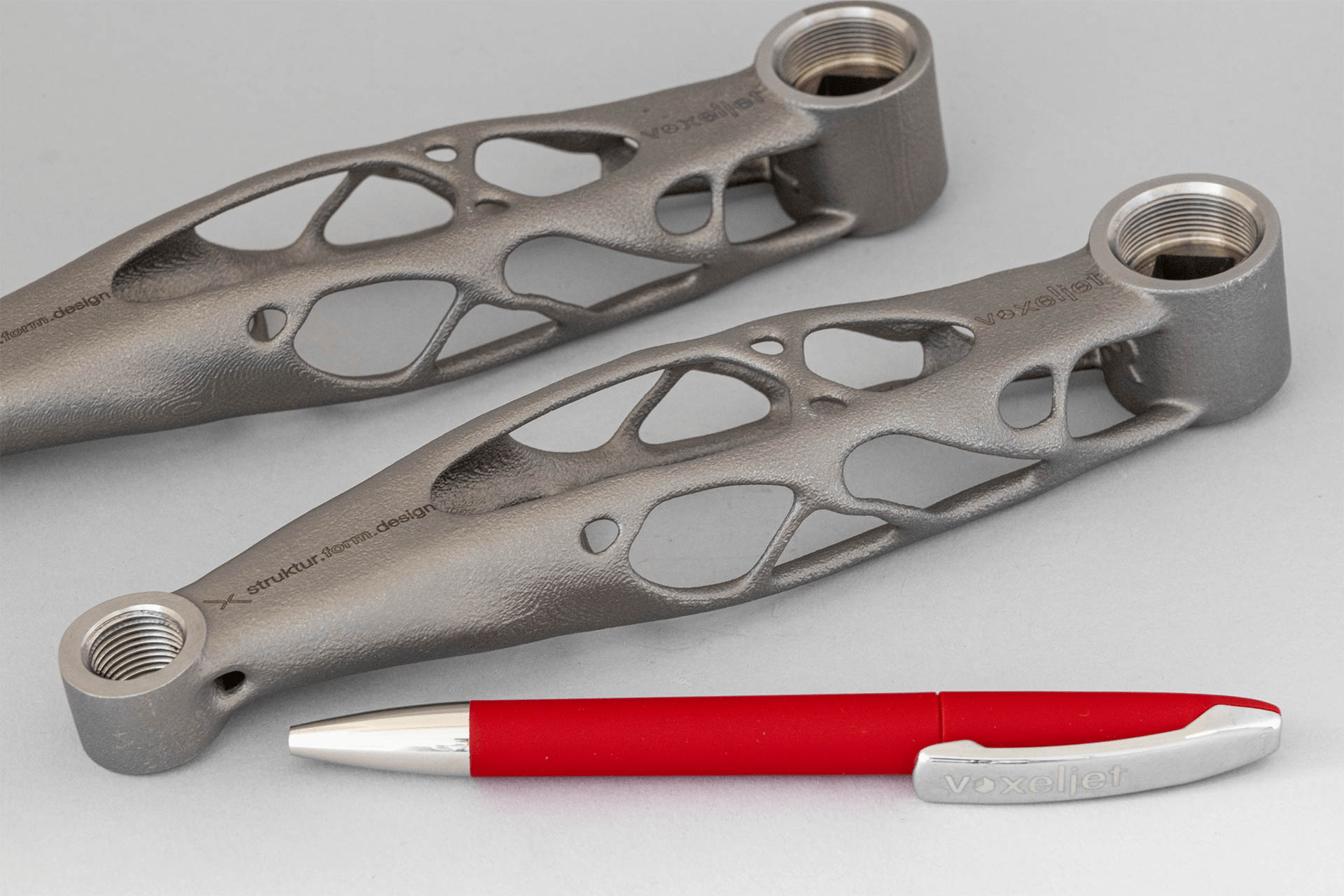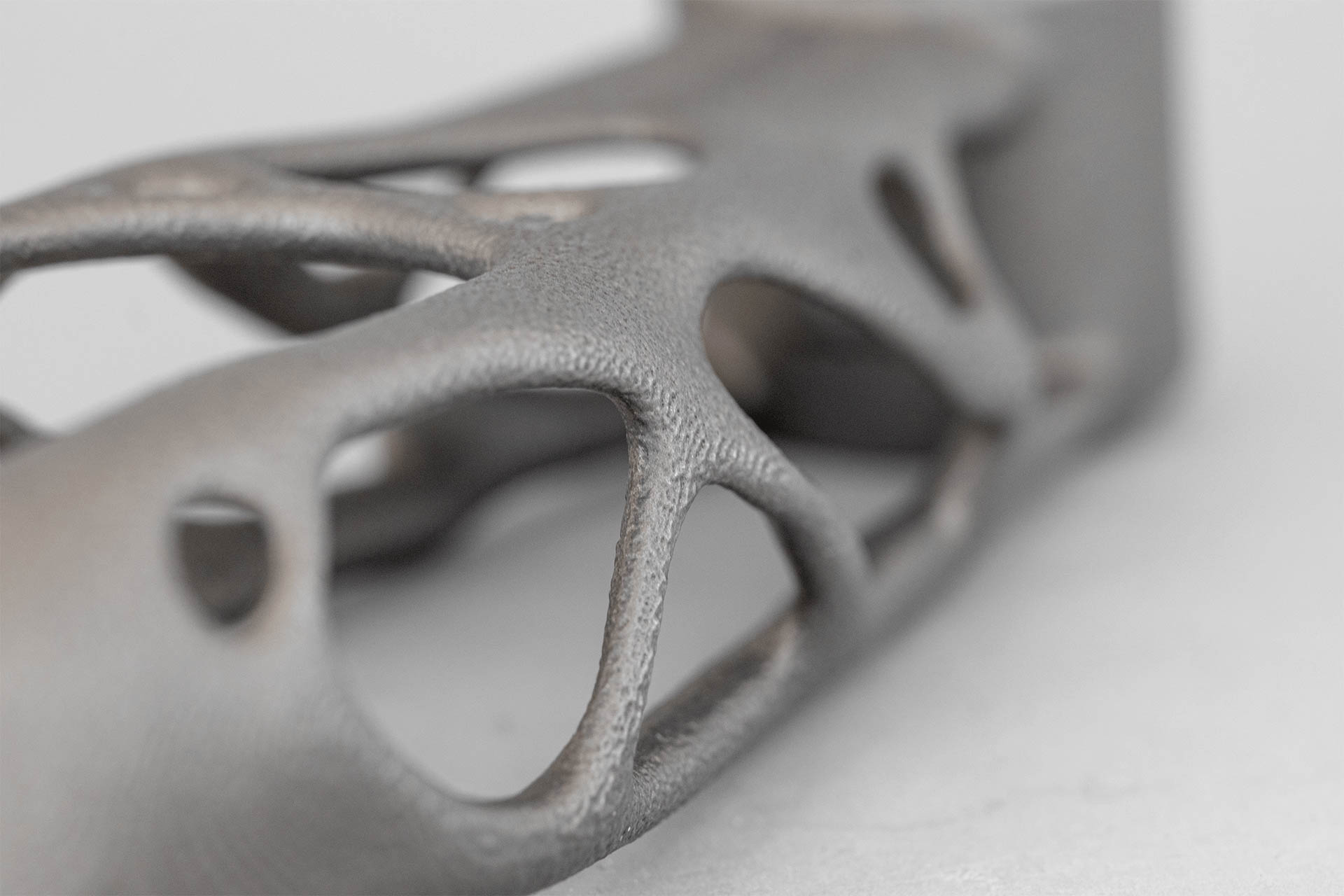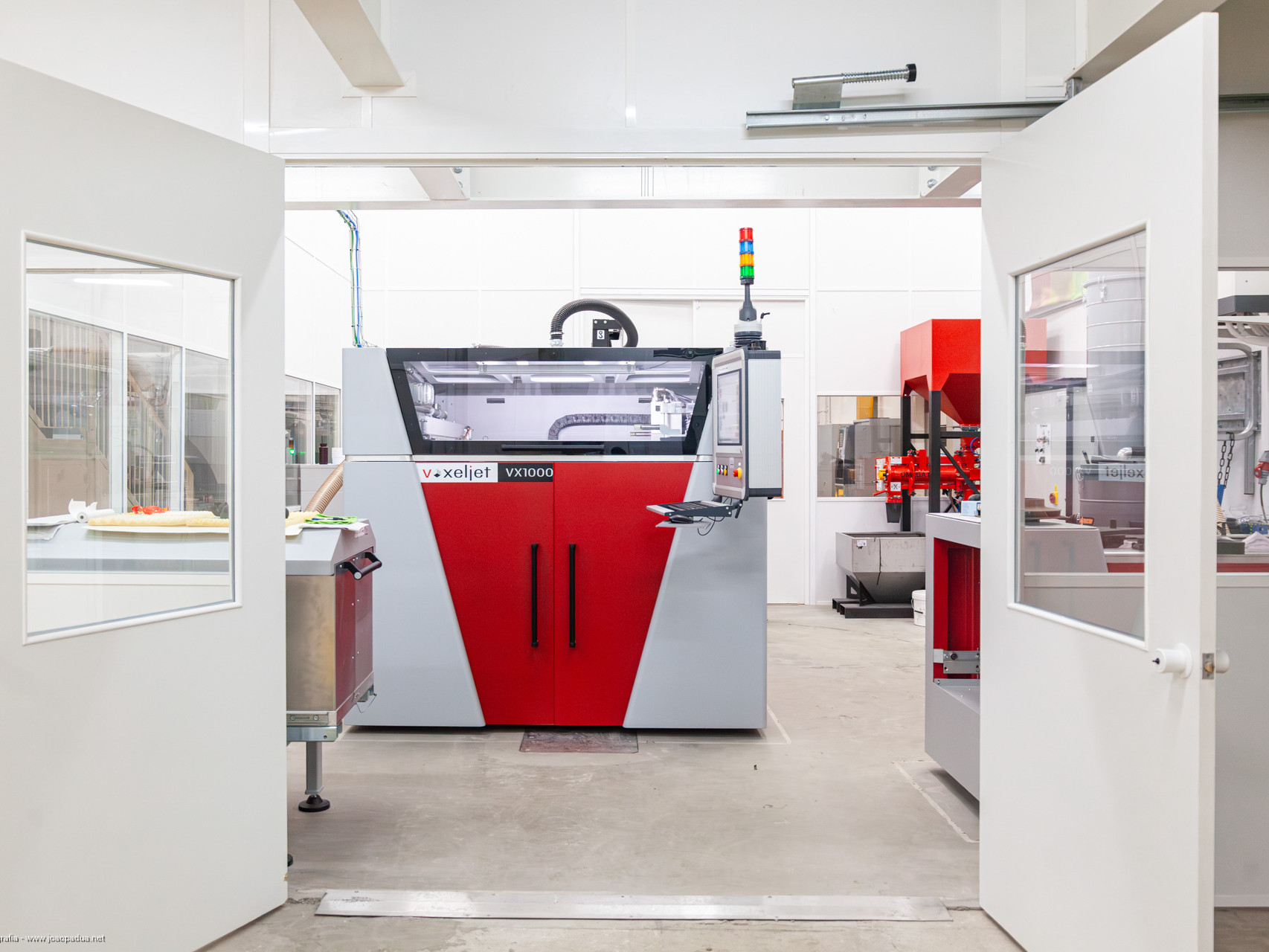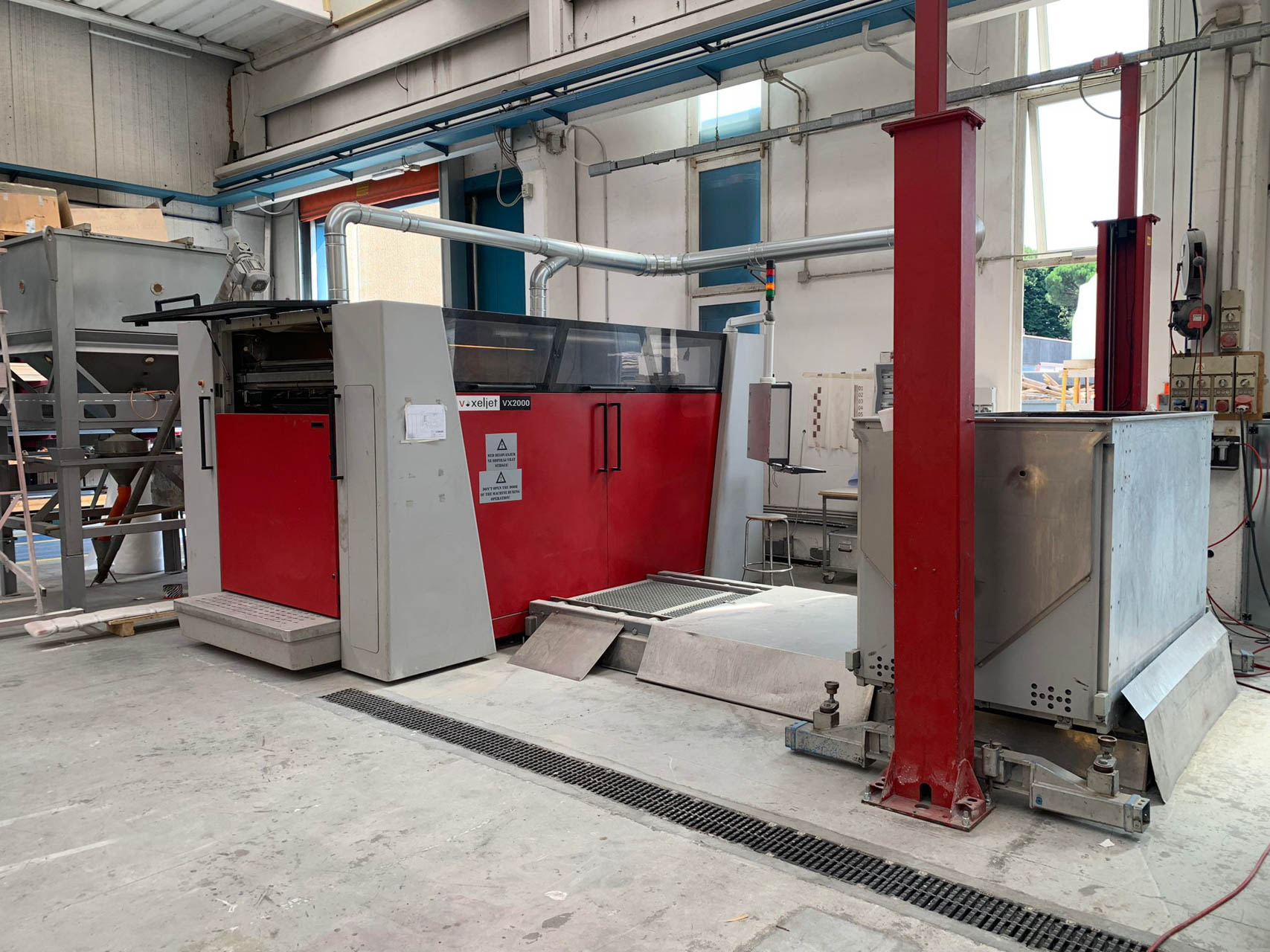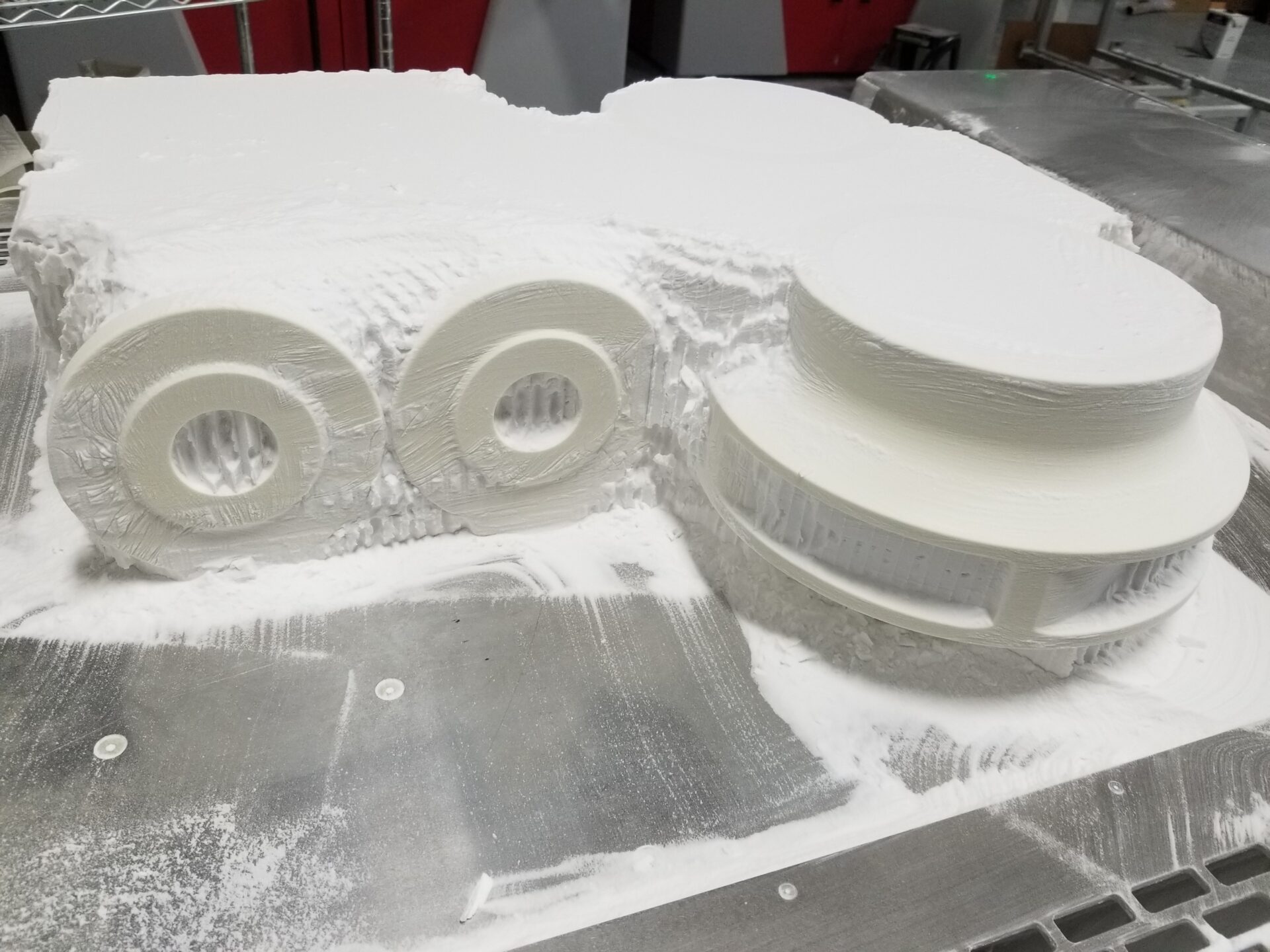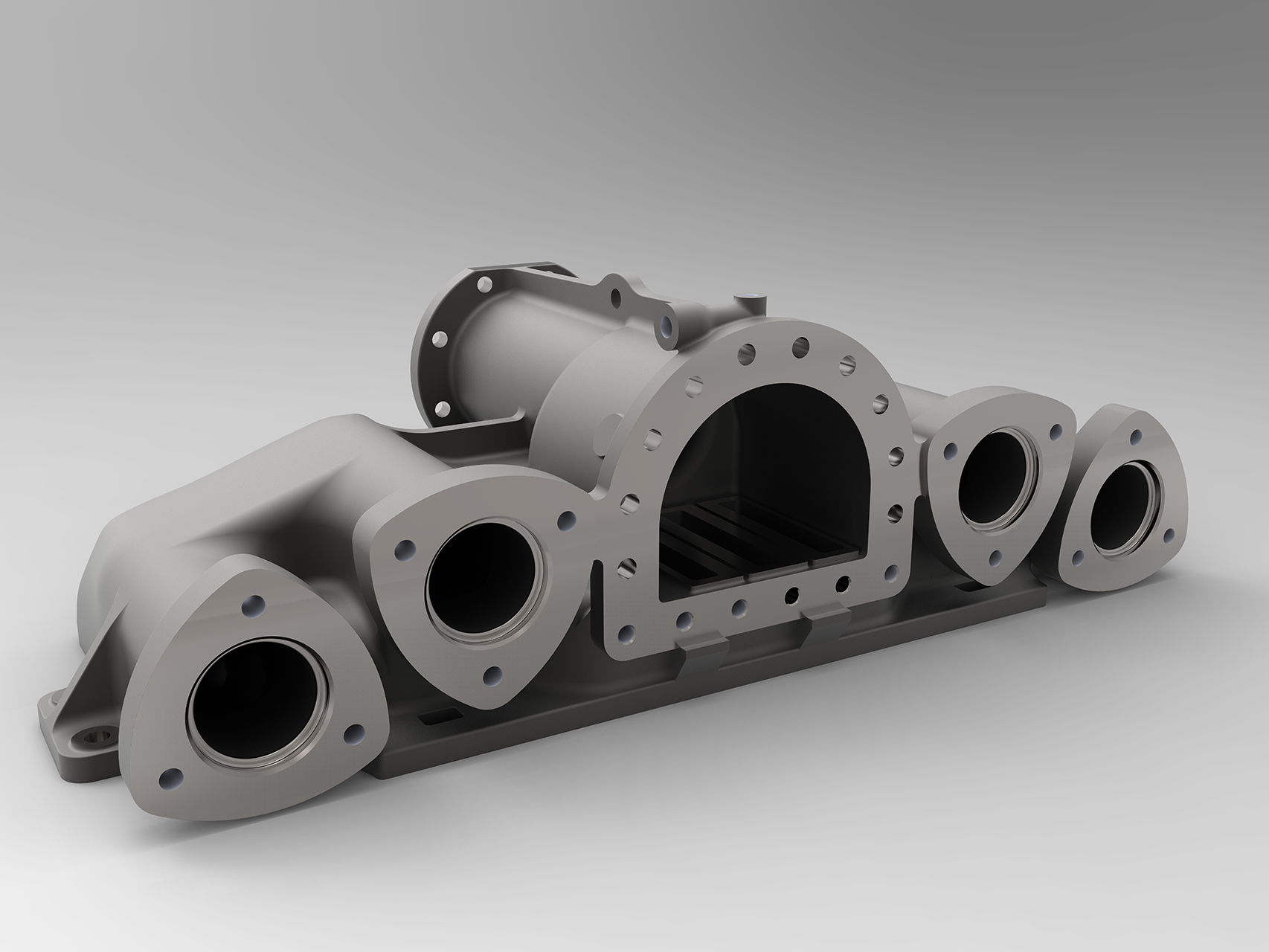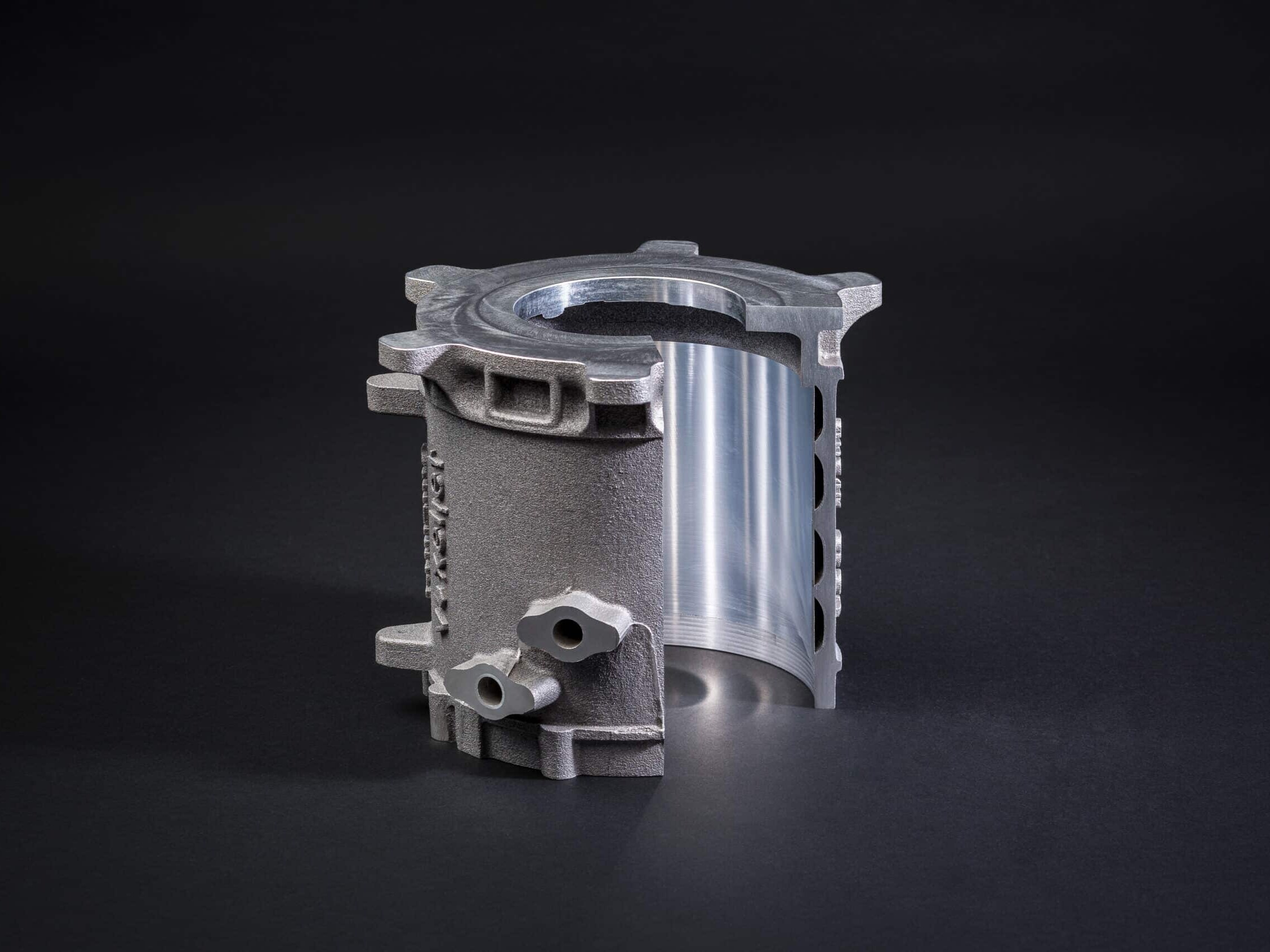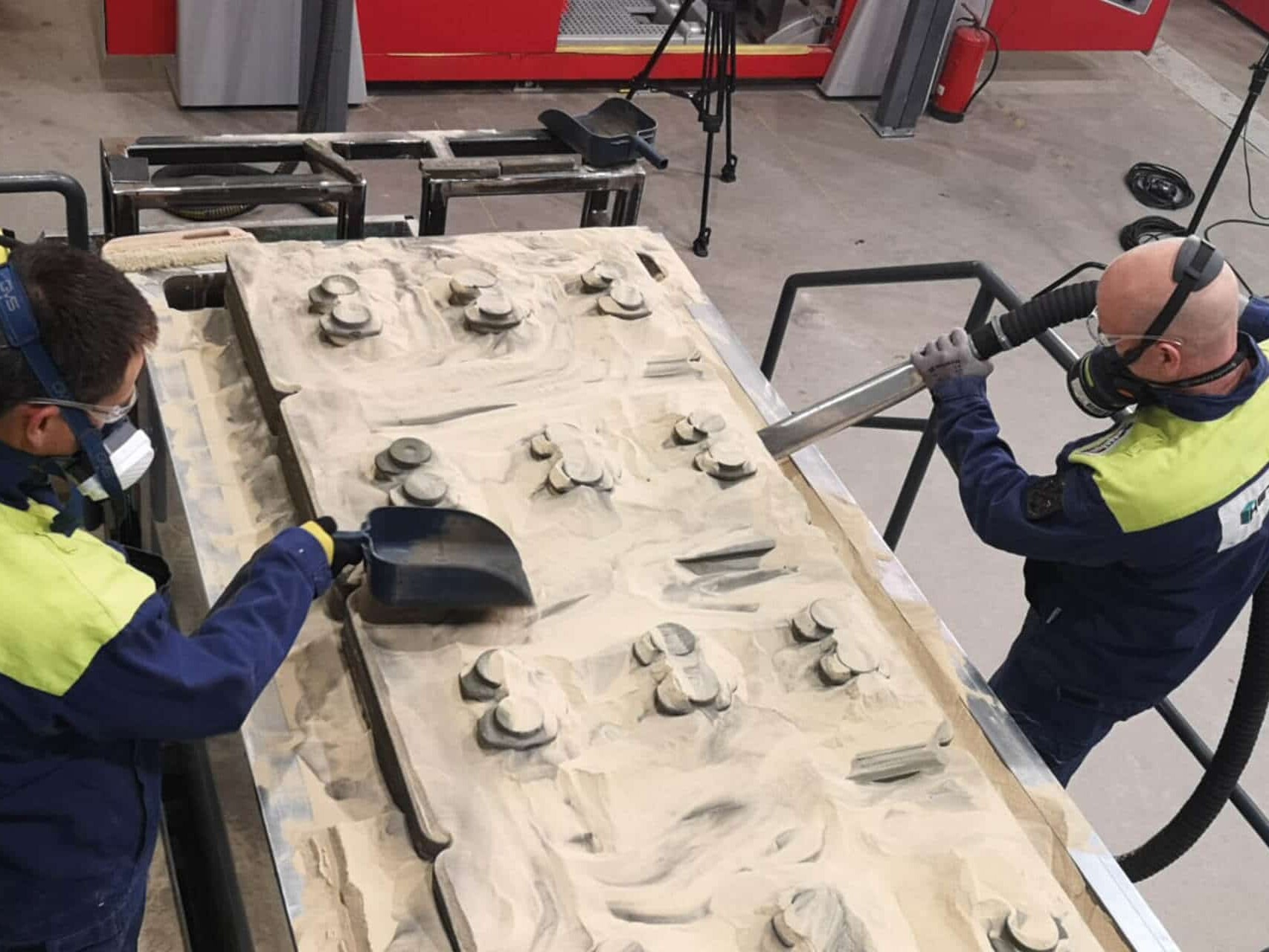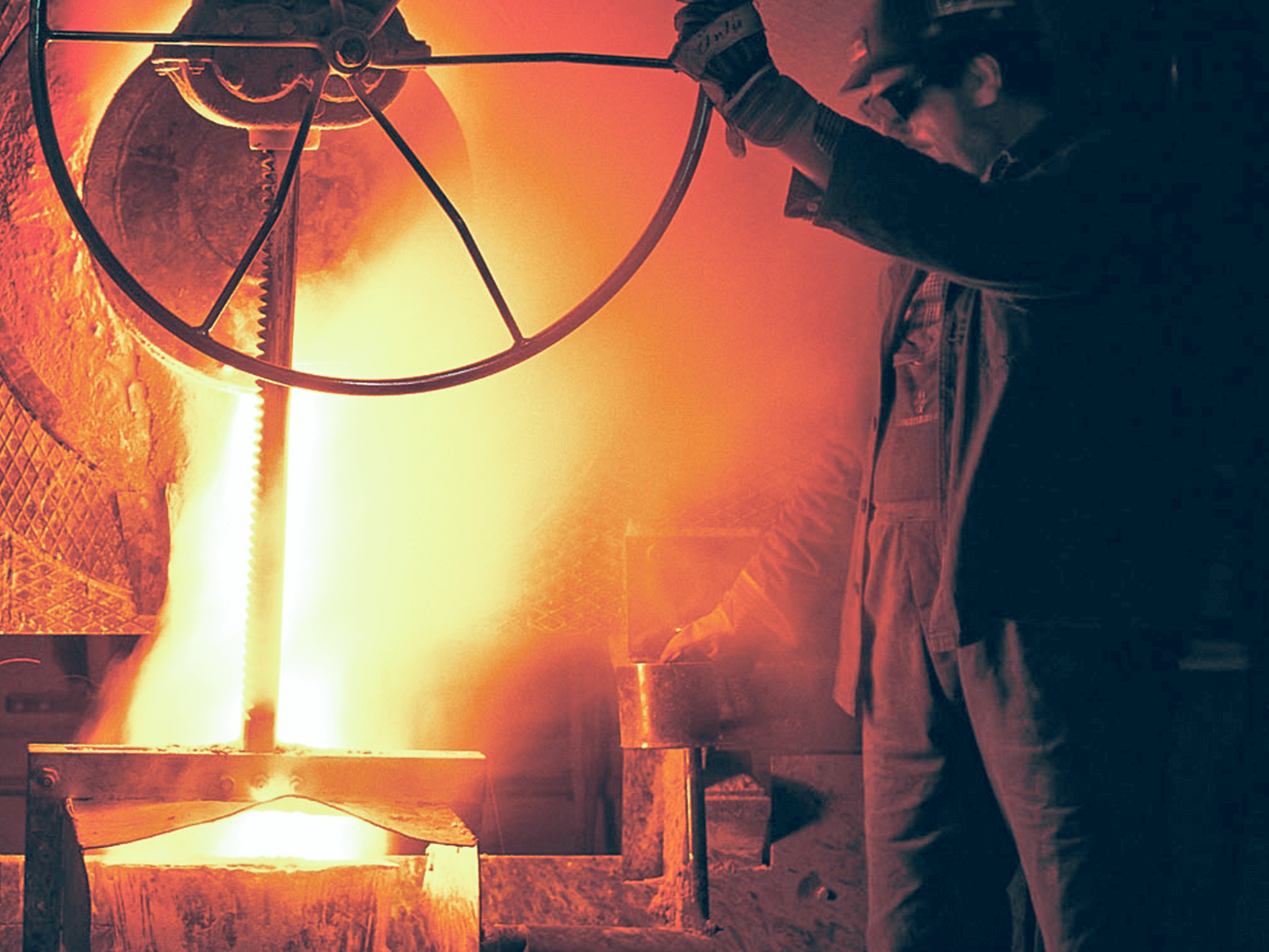- Home
- Case Studies
- Foundry
- Optimized pedal cranks
Design that only a 3D printer can produce
According to current figures, around 82.8 million bicycles are on the road in Germany. Not only the environment is happy about another cycling nation, but this kind of locomotion is also beneficial for one’s physical well-being. More and more people are also foregoing cars altogether and switching to bicycles. Especially those who use their bicycles a lot attach importance to the ideal model for themselves and their needs. Quality and appearance play an important role.
Passionate cyclists are no longer satisfied with a rickety bike. If you are interested in a new model, many people start by asking themselves the following questions: What does the bike have to be able to do as well as how is it made? Because depending on which bike and which components you choose, you can get to your destination even faster, with higher quality parts and designs, or cheaper.
Rethinking existing product designs through additive manufacturing
voxeljet teamed up with struktur.form.design Engineering to create a prototype that is primarily about aesthetics, but also about optimizing parts that can only be manufactured using 3D printing. Additive manufacturing meets design anno 2023. “We have designed a bike that is representative of every existing product that can be optimized using different 3D printing processes. Although the bicycle is not completely 3D printed, we are gradually identifying, optimizing and manufacturing the parts whose production via 3D printing makes sense and giving new impetus to what can be produced additively. Because additive manufacturing makes us rethink all existing objects and the limits of traditional design disappear,” says Tobias King, Director Marketing & Applications at voxeljet.
With a focus on optics for the newly designed bike, the most important step in the optimization process has been decided. Topology plays a role that should not be underestimated, as many parts are subjected to heavy loads during use. The engineering office struktur.form.design Engineering from Langenbach near Kaiserslautern in Germany, which specializes in the development of additively manufactured parts, always works with clear objectives in terms of structural optimization. In doing so, 3D printing grants enormous design freedom. In this case of a bicycle pedal crank, the focus was on aesthetics – but aspects such as performance enhancement, weight reduction and cost reduction can also be drivers for the structural adaptation of the individual parts.
Optimization of the topology by the finite element method
Having enormous freedom in design means first having to come to terms with what is technically feasible in the first place. Before the 3D printers run hot at voxeljet, the finite element method (FEM) is used in the engineering office.
In order to be able to computationally analyze complex parts in particular, the FEM represents the component geometry by many small, simple elements – often a tetrahedron or hexahedron. This discretization process (also called meshing) is necessary because real applications usually have complicated geometries and boundary conditions that are difficult to solve analytically. By mapping the geometry into finite elements, the behavior of the overall structure can be determined approximately but with sufficient accuracy using numerical methods.
“With the help of powerful FEM software tools, we can computer simulate at an early stage of development how structural parts will behave mechanically under certain conditions without ever having manufactured and tested them,” explains Florian Pfaff, CEO of struktur.form.design Engineering.
The central goal of the collaboration between voxeljet and struktur.form.design Engineering was quickly defined: to develop a bicycle crank that not only matched the existing show bike aesthetically, but was also lightweight without compromising structural performance. It was just as quickly clear that the optimized crank would be made of a titanium alloy with ideal properties in terms of low density combined with high strength.
When algorithms generate efficient designs
Topology optimization is essentially a mathematical approach that uses the finite element method to iteratively optimize the arrangement of materials in a given design space (the so-called design space), taking into account relevant load cases and constraining boundary conditions, to achieve ideal performance. “It effectively determines where material is needed and where it should be omitted to achieve optimal structural efficiency,” Pfaff adds.
Topology optimization is followed by shape optimization. This reduces local stress peaks in notch areas, which has a positive effect on the service life of the component. On closer inspection, it can be seen that the shape of individual notches changes locally.
In the final step, the result of the structural optimization is fed back into a usable CAD model. In the CAD system, the final details are then added, analogously to the classic CAD design, to ensure that the part can also be used in practice. This approach ensures an efficient design that is suitable for production.
"Overall, this project shows what modern structural optimization in combination with additive manufacturing processes can already achieve today. Additive manufacturing is convincing here due to its design freedom."
Florian Pfaff, CEOstruktur.form.design Engineering GmbH
From 3D-printed "wax pattern" to titanium pedal crank
At voxeljet, the pattern for the investment casting is then printed from the CAD data provided using the binder jetting process. For this purpose, the CAD data sets are ” sliced” into layers. In the printing process, a powder, in this case polymethyl methacrylate (PMMA), is applied by the recoater in micrometer-thin layers to a build area and then selectively bonded by the print head. Each layer represents a cross-section of the respective part. After printing, the build area is lowered by a layer thickness (150 micrometers), a new layer of powder follows, and the print head selectively bonds it again. This procedure is repeated until the part is fully printed within the powder bed, then it is unpacked and cleaned. The pattern is finished. For the subsequent investment casting, it is particularly advantageous that the PMMA has excellent burnout properties, so that even minimal wall thicknesses can be reproduced.
Subsequently, the 3D-printed prototype was coated with ceramic in the investment casting and burned out. Due to the high quality and strength, the pedal cranks cast in titanium promise a much higher durability and dimensional stability of the products.
The 3D-printed PMMA model is then cast in titanium using the investment casting process and thus has the highest level of detail. The resulting highly complex geometry can only be realized via 3D printing due to the undercuts.
Redesign also possible traditionally or using the DMLS 3D printing process?
In traditional investment casting, it would have taken additional steps to produce the pedal crank, which could be skipped by the 3D printing. “Manufacturing such a structure from titanium using classical methods – if technically possible at all – would definitely not be economical. Without 3D printers, it would not have been possible to realize such a complex pedal crank,” says Florian Pfaff, CEO of struktur.form.design Engineering.
Instead of direct metal laser sintering (DMLS), investment casting is also more favorable than direct metal printing due to material costs, especially for large batch sizes, since a melted ingot is more cost-efficient than metal powder. Instead of DMLS, subsequent investment casting delivers more homogeneous material behavior because the molten metal can solidify in a planned and controlled manner. In the 3D-printed build space, the elongation at break in the X or Y axis, for example, is higher than in the Z direction due to the layer bonding. A major advantage of “printed casting” is that 3D printing in combination with investment casting is already recognized and certified in many industries, such as the aircraft industry.
The result...
…delivers with a weight of 152 grams the best of both worlds – modern 3D printing technology and traditional manufacturing with 40-50% weight reduction compared to conventional pedal cranks and further savings potential.
“Overall, this project shows what modern structural optimization in combination with additive manufacturing processes can already achieve today. Additive manufacturing is convincing here due to its design freedom. It enables the realization of complex geometries and offers the possibility of using resources very efficiently. The potential of 3D printing technology to completely rethink products and overcome the limits of conventional manufacturing methods is enormous,” concludes Florian Pfaff.
More Case Studies
3D printing for sand casting in Portugal
CINFU is a Portugal-based training and innovation centre for the foundry industry. With a VX1000 3D printer in house, CINFU is gaining significant adaptive advantages for the foundry industry.
Lanulfi Models optimizes mold making with VX2000
The integration of voxeljet’s VX2000 has redefined Lanulfis approach to metal casting. It offers significant reductions in lead times and enhances design capabilities.
PMMA 3D printing conquers North America
Express Prototyping belongs to the leading experts for 3D printing investement casting patterns in North America. Learn from the CEO Thomas Müller how he established the business and how he sees the future.
Boro Foundry – Superheater Header
Using the combination of sand and 3D printing, the British foundry Boro Foundry was able to produce a flawless spare part for a steam locomotive.
3D printing for optimized electric motors
Aiona Cast has filed a patent application to significantly optimize electric motors. The company produced a prototype using 3D printing.
With a new VX2000, a 3D sand printer for metal casting, Hetitec produces finished castings in a matter of days.
Printed castings for investment casting
Whether it’s aerospace, automotive or design applications, the us-based award-winning foundry Aristo Cast counts on 3D printed patters for investment casting.
Industrial 3D printers
Our portfolio of industrial 3D printers ranges from compact systems for research to additive series production.
